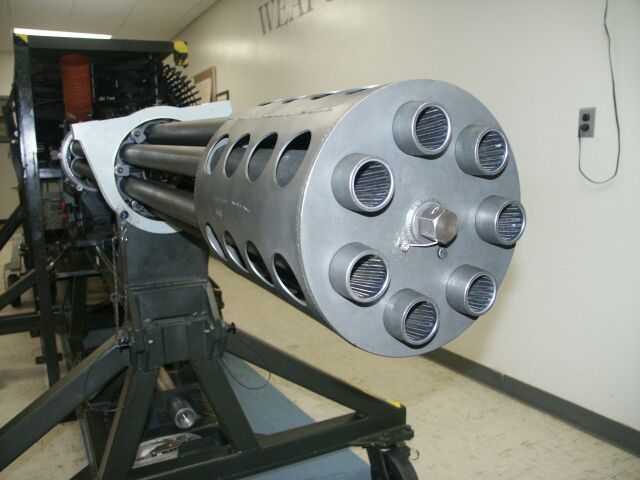The patriot is not designed to fly to the upper atmosphere, let alone space. Nor is it designed to hit something moving 20 times faster than its maximum speed. Besides, if it DID hit the target then fallout would be spread over a massive area below. The only "safe" way to destroy an ICBM is in orbit.
no i believe it shot down the war head on re-entry, and no the weapons don't need to be in orbit or any where near, they just have to get in the way of the warheads some where on route, a large missile could easily carry a nuclear weapon of sufficient pay load, we can pack a 16 kiloton war head into a artillery shell no (280mm and smaller), and there is no way to launch dummy icbms first as you only get one volley, by the time you've loaded up your silos for a second wave their real nukes have already hit your bases.
We have lots of nuclear artillery shells spare and they are not subject to any strategic arms treaty either, along with nuclear air to air missiles and surface to air missiles.
And even though there is no blast wave there is still a huge amount of electromagnetic radiation, which wile nuke electronics will be shielded, will still heat the metal/heat sheild to the point it would probably fail on re-entry.
In nuclear war its not about stopping all the missiles only the ones that will hit military basses or missile silo's city's are unfortunately sacrificable.
Everyone loses, its just a case of making sure the other guy can never get back up again.
Just like how several million deaths where considered acceptable losses in the cold war.
Give it 20 years and i reckon America at least will find a way to stop icbm's but then there's short range missiles to stop etc etc,
You could use a trident to launch 12 warheads into orbit or more of a smaller size and use that as a sheild, only problem being the advanced warning required.
Edit on the patriot from wiki~:
All told, the PAC-3 upgrade has effectively quintupled the "footprint" that a Patriot unit can defend against ballistic missiles of all types, and has considerably increased the system's lethality and effectiveness against ballistic missiles. It has also increased the scope of ballistic missiles that Patriot can engage, which now includes several intermediate range and intercontinental ballistic missiles such as the Nodong and the CSS-2 and CSS-3. However, despite its increases in ballistic missile defence capabilities, the PAC-3 missile is a less capable interceptor of atmospheric aircraft and air-to-surface missiles. It is slower, has a shorter range, and has a smaller explosive warhead compared to older Patriot missiles (although it generally relies on its kinetic "hit to kill" warhead).
And as for dummy re-entry moduals
The software can now conduct a "tailored TBM search", optimizing radar resources for search in a particular sector known to have ballistic missile activity, and can also support a "keepout altitude" to ensure ballistic missiles with chemical warheads or ERS ("early release submunitions") are destroyed at a certain altitude. For Configuration 3 units, the Patriot Radar was completely redesigned, adding an additional TWT (traveling wave tube) which increased the radar's search, detection, tracking, and discrimination abilities to previously unheard of levels. In fact, the PAC-3 radar is capable, among other things, of discriminating whether or not an aircraft is manned and which of multiple reentering ballistic objects are carrying ordnance.
Still it's no where near perfect and needs plenty of warning to get distributed, although if a nuclear war was about to kick you could garruntte they would be all over Britain America and Germany.
apparently 2000 of an 8" nuclear artillery shell where made,with a yield scalable from 0.5 to 40 kilotons.
But it was invented in the 50's and retired in early 90's so there is probably a better smaller more powerful one by now.









